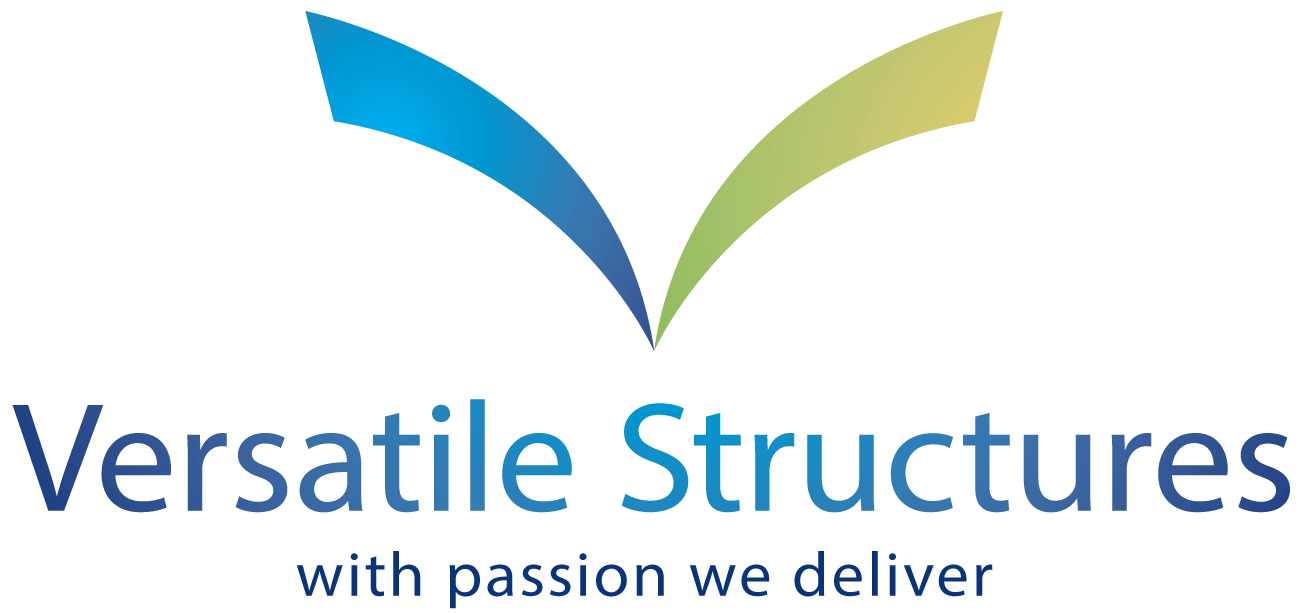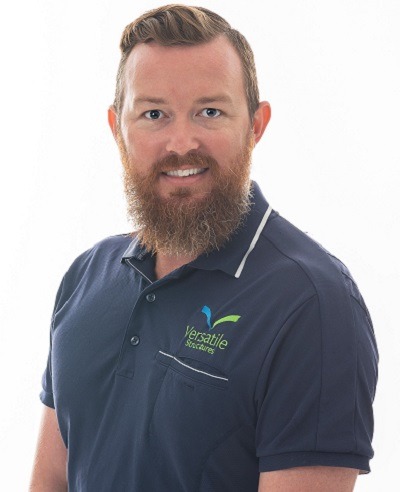YOU ARE HERE:
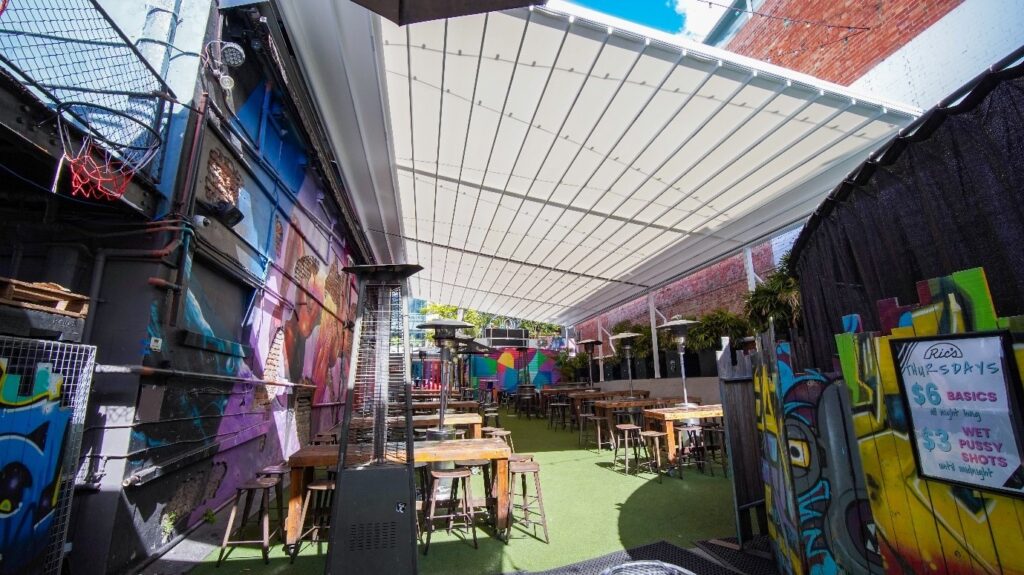
All your commercial awning questions answered
Jamie Howard In Commercial
All your commercial awning questions answered
There are two main solutions for commercial external awnings and blinds
- Horizontal protection for sun or all-weather protection creates comfortable outdoor spaces all year round. Horizontal shade awnings are usually used above doorways and openings where access underneath is always required. It is a simple, yet effective way for providing protection against sun and weather.
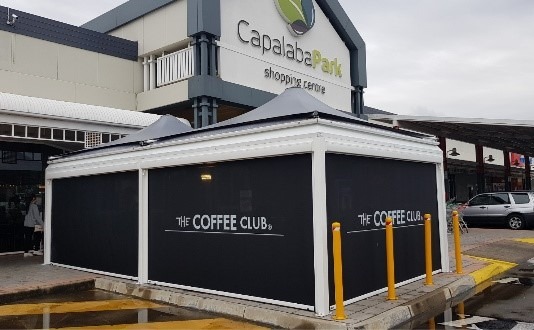
What is the cost of a commercial awning?
The cost of a custom awning or canopy depends on the size and shape. A simple storefront awning over a window can cost as little as $1,500 installed, while a more complex custom commercial awning like the Royal George Hotel awning is well over $100,000. Costs depend on the kind of material used, its fire resistance and wind resistance capability, waterproof qualities, whether or not the awning is motorized and if wind sensors are included all influence the cost.
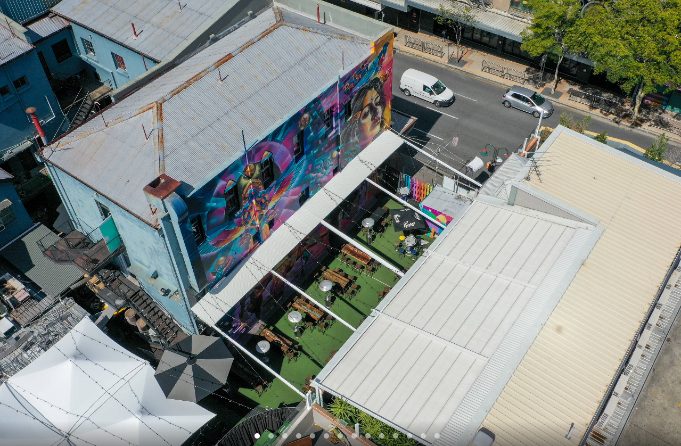
What makes a great awning?
The key factors to consider when buying a commercial grade awning is, if the fabric is made from UV-resistant, fade-resistant and water-resistant polyester and if the frame is lightweight, powder-coated aluminium. The awning is easy to operate using a manual hand crank or better still, if it has a wind sensor that can automatically retract the awning should it detect a wind that is above the threshold of the awning.
What is a permanent awning called?
A fixed awning provides permanent protection. Fixed awnings are attached to the side of a building above doors and windows, or to a deck like a gazebo or pergola. It requires less maintenance than a retractable awning and can also provide protection in more extreme weather.
How long do commercial awnings last?
The average commercial awning will last between 5-8 years and the life span of your awning is significantly impacted by how well the awning is maintained. Versatile Structures provide warranties from 10 to 15 years.
How much wind can a retractable awning withstand?
A retractable awning can withstand wind speeds of around 32km/h if it has no support, while commercial awnings can stay open in stronger winds if it has more support. It also depends on how large the awning is and how much it weighs.
Can retractable awnings withstand rain?
Yes, a retractable awning can withstand rain. An awning is pitched to allow rain to run off. Light rain should not be a problem, but heavy rain might cause issues if puddles of water collect on the awning. In this instance, you should retract the awning to allow the water to run off and prevent damage to the awning. A professionally installed and maintained awning should not collect water.
What are the different awning types?
- Patio awnings
- Pergola awnings
- Freestanding awnings
- Conservatory awnings
- Vertical awnings
- Domestic and commercial awnings
- Full cassette awning
- Semi cassette awning
What is the best material for awnings?
The most used materials for awning fabrics include vinyl, acrylic, polyester, and other natural fabrics such as cotton. However, acrylic and vinyl fabrics have proven to be the most effective and popular options thanks to their outstanding durability and weather-resistant properties. For commercial awnings Versatile Structures recommend woven polymer fabrics as well as vinyl coated polyester laminated with polyvinyl chloride. Here are a range of the fabrics and colours used.
What is better vinyl or acrylic awning?
Acrylic awnings are lighter than vinyl options, and the woven material is highly breathable, which provides comfortable relief from the heat. As they are not waterproof, it is important to avoid leaving them exposed to excessive rain to avoid any leak-throughs or pooling on the fabric.
How much do metal awnings cost?
Metal awnings are generally cheaper than a motorized awning, however metal awning also require an area to create fixed posts and council approval. A simple car port size metal awning can be priced from around $5,000 which includes both the cost of the metal awning itself and the cost to install it. Costs varies depending on the size of the awning.
How far can a retractable awning extend?
Retractable awnings can project as little as 1.5 meters all the way to four meters. The most common sizes are three meters to 3.6 meters. Commercial awnings can extend further; however, it depends on its support.
How big should my awning be?
The standard recommendation is for the awning projection to be 0.5 meter less than its width. The most common measurements for a patio awning are three meters wide with a 2.5-meter projection.
Can you leave a retractable awning open all the time?
A retractable awning can be left retracted or pulled back on a building throughout the year, but the key is not to leave it open or extended throughout the year.
Is motorized awning better than manual?
Some studies have shown that motorized retractable awnings are used up to four times more than their manual counterparts. They are easier to open and if you are a person who likes things to work at the touch of a button through your smartphone, as they can easily be connected, then a motorized awning is the way to go.
Conclusion
A retractable awning is like having a convertible car. It is great to have it retracted to enjoy the night-time sky but also to have protection from the sun and rain as needed. It comes down to the ambience you want to create in your outdoor environment.
Share:
Jamie Howard - Director
Co-founder and Director Jamie has been hands-on in the shade and steel industry since leaving school. With over 15 years’ experience in shade, membrane and steel projects, Jamie is excited about the design opportunities shade structures offer in the commercial and industrial sectors. Jamie’s extensive design skills give him a competitive edge in situations with technical design complexity. He has won two personal industry awards for his designs, alongside many company-won awards.
